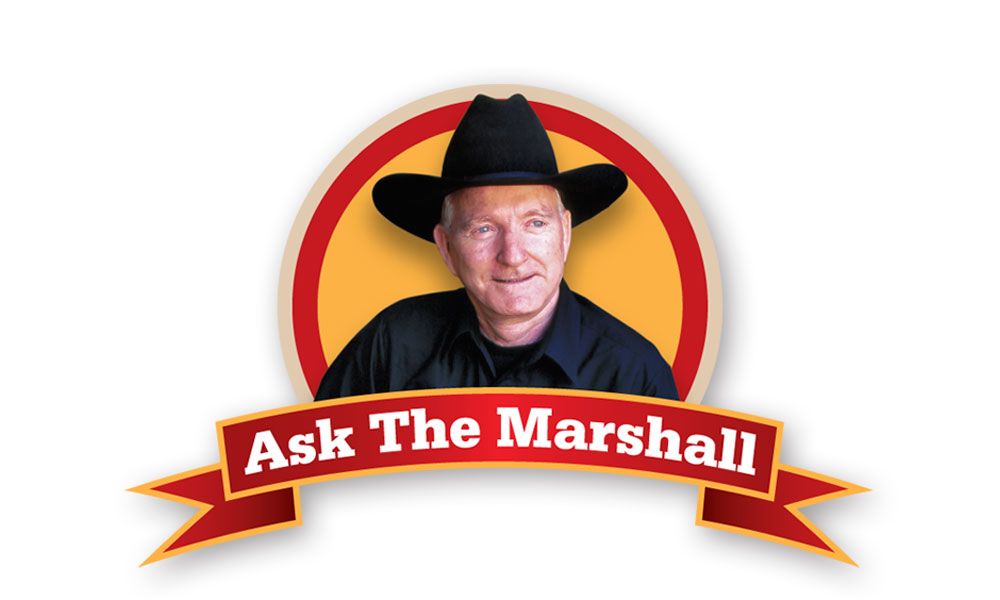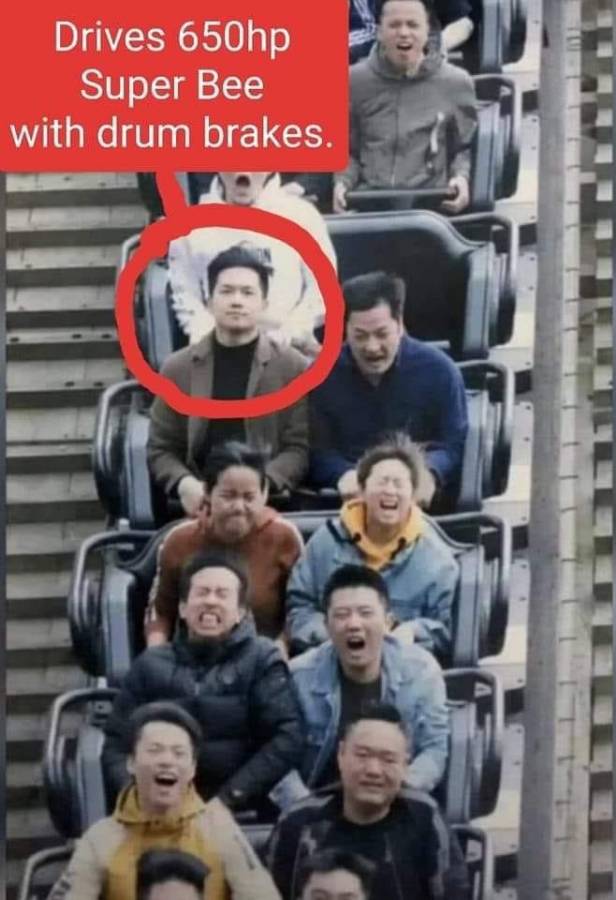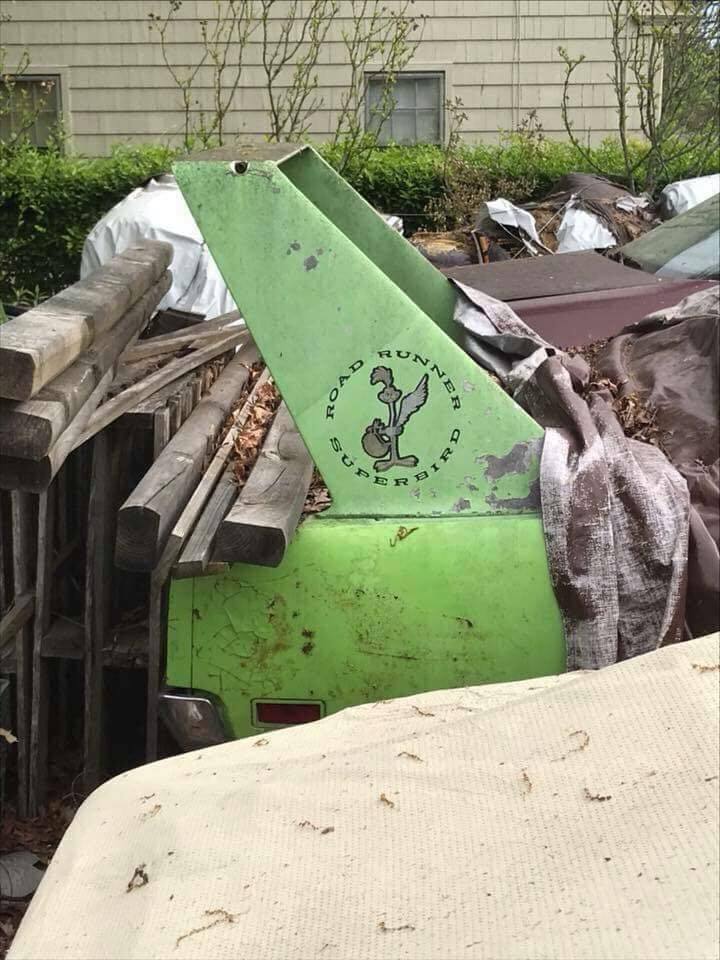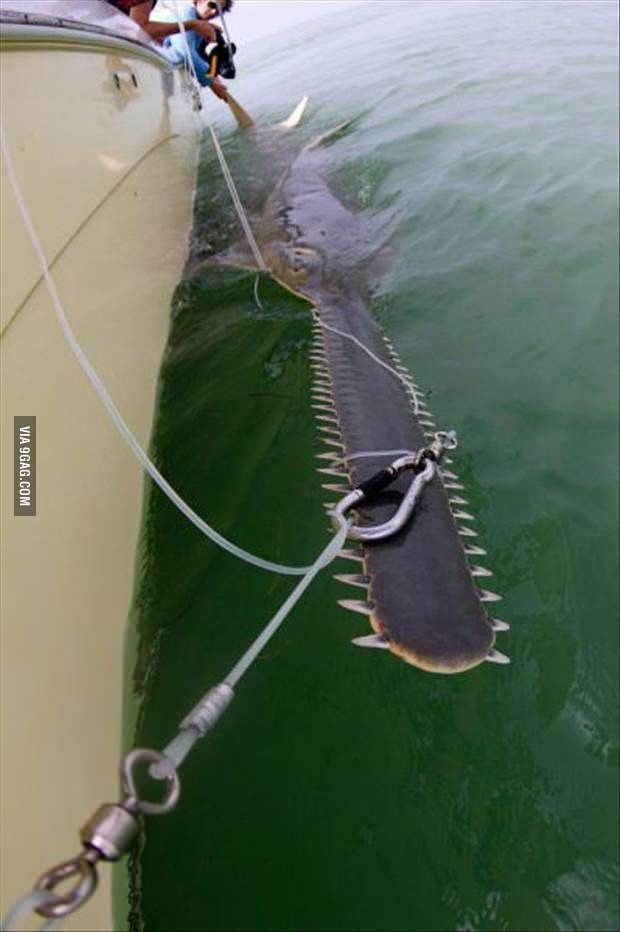The Gatling would definitely have made a difference once “the last stand” perimeter was created and the column collapsed into a fire sack.
But if you have never walked the battlefield, you don’t understand that it is not just a park with a smooth hill on it. All around are gully’s and streambeds and washes and high grass…. Perfect country for horses and cavalry. But very very bad for wheeled Gatling guns and the numerous limbers needed to feed them.
Little Bighorn Was not a planned battle for the Cavalry. They were in a patrol and a show of force and Custer intended to attack an encampment— an offensive deployment. Gatling guns were not offensive weapons. They were rampart and perimeter weapons. Cavalry technique was to ride in and form a skirmish line attacking the encampment or enemy force. Not set up Gatlings.
But, Custer became the defender after Reno stirred up the hornets nest. And Custer didn’t listen to his scouts about size of opposition or comprehend it their strong organization and motivation.
He has always been criticized for not bringing his Gatling guns. But a. It was not that kind of mission. b. Not only would they have slowed them down, they could not have maneuvered at all in that terrain. c. Custer failed at such an epic level that Gatlings were the least of his compounded errors.
The argument could probably have been made that if he brought them, be never would have ended up at Little Bighorn. Maybe true. But that is the thing about complex battle analysis. You can always find a couldda, wouldda, shouldsa and then pin the outcome on that. Trace the Butterfky effect back far enough and there is always some thing that folks pin the outcome on.
Actually, Custer screwups were mainly in his pre-battle Intel (he ignored it) and his assumptions about the enemy (size and capability and intentions). Once the battle started, he ran a fairly masterful defense.
The again, so did de Castries at Dien Bien Phu. And Heinriki and Student at Berlin. They just had no way to win against the numbers and force moving in on them.
But, yes, in the pocket defense at little big horn the Gatlings probably could have saved some troopers if they had enough ammo. But that like saying “If we had all our air cover up over Pearl Harbor, the Arizona would have been afloat today.” Yup. Probably. But that’s not how history rolled the dice that day.
Cheers, Sirhr
Ps. Go visit Little Bighorn. It is an amazing place in the middle of a lot of other amazing places!
When your scouts start making peace with their God its probably a sign you should be considering things a little bit.
Anyone want to sit on the plane next to the guy as he "cleanses" his earthly vessel in preparation for acceptance into heaven?













